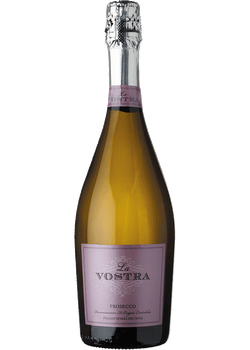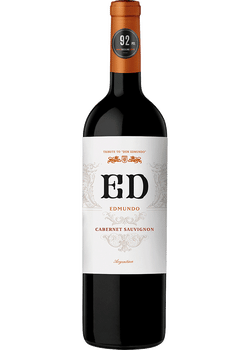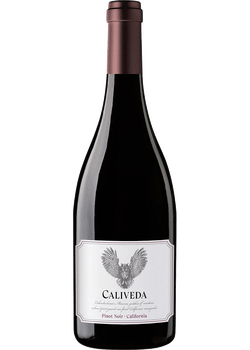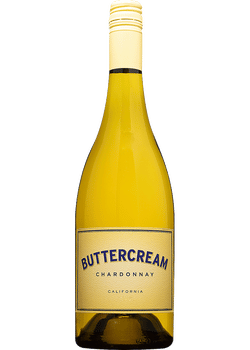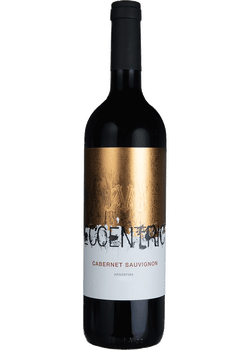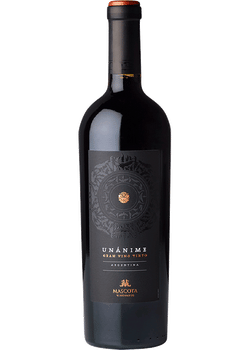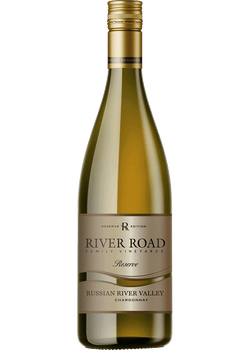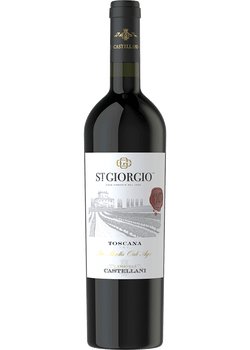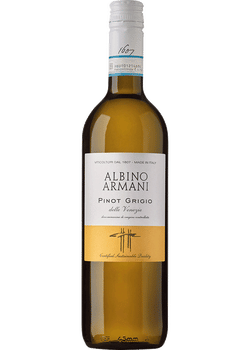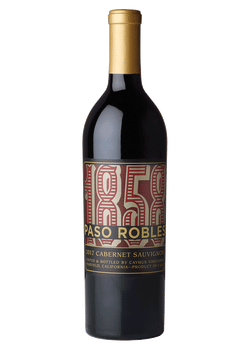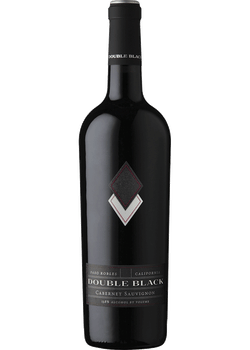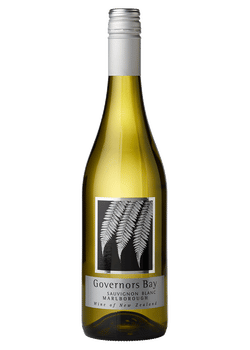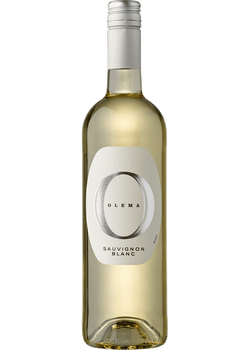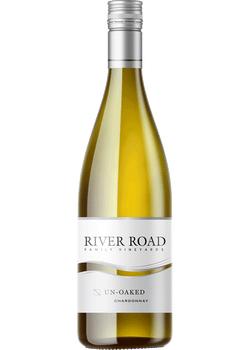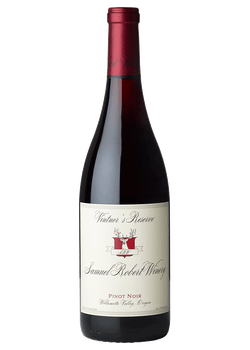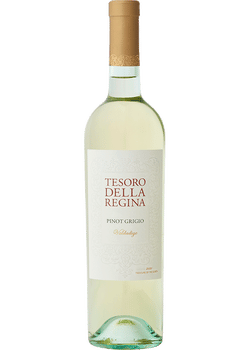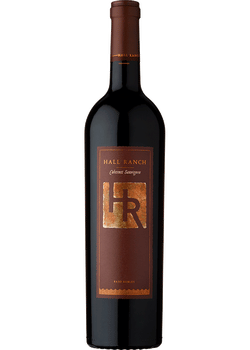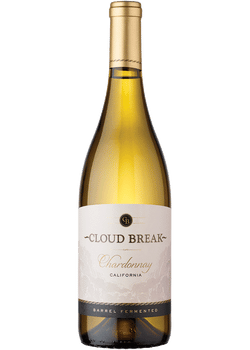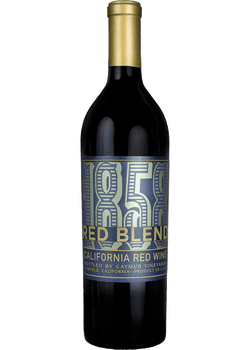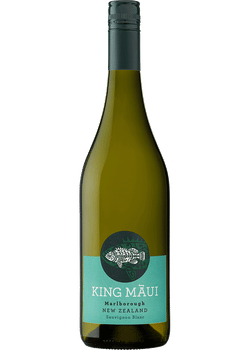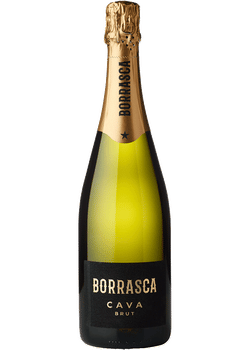Just what is ice wine? It’s a wine created from grapes that froze on the vine. Freezing evaporates the moisture in the grapes, concentrating the flavorful juice. The resulting wines are intensely fruity with a thrilling balance of sugar and acidity.
To create these remarkable ice wines, there needs to be frigid temperatures and ample sunshine to ripen grapes. Most natural ice wines come from cold northern wine regions like Canada, Niagara, New York, Germany, and Austria. But today, freezing technology allows wineries in warmer areas to create ice wine in the cellar.
Some people say an excellent natural ice wine is like drinking liquid gold. Eiswein certainly has vibrant fruit flavors that you can’t find anywhere else. So let’s learn more about what eiswein tastes like, where it’s made, how to serve it, and the best ice wine food pairings.
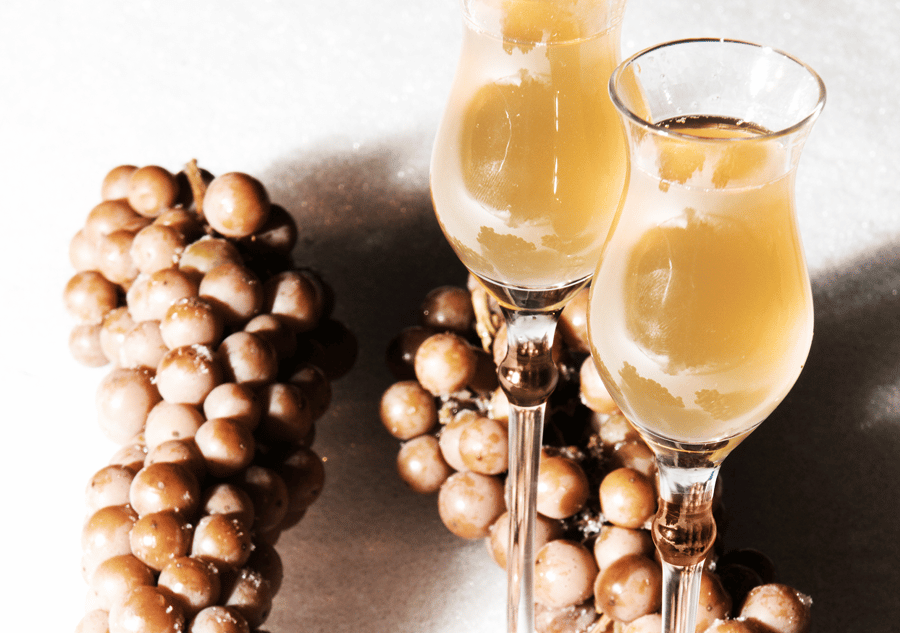
5 facts to know about Eiswein
-
Canada is the world’s largest producer of ice wines, though they’re also made across Europe and even in Japan.
-
Ice wine usually is made from white grapes Riesling and Vidal B, though Cabernet Franc makes rare and delicious red ice wines.
-
In Canada, Austria, Germany, and the United States, a wine can only be labeled “icewine,” “eiswein,” or “ice wine” if the grapes naturally froze in the vineyard.
-
Ancient Romans may have enjoyed ice wine: first-century Roman philosopher and naturalist Pliny the Elder wrote that particular grapes shouldn’t be harvested until after the first frost.
-
It takes a little more than 3 kilos (6.6 pounds) of grapes to make one half-bottle of icewine.
Color

Tasting profile
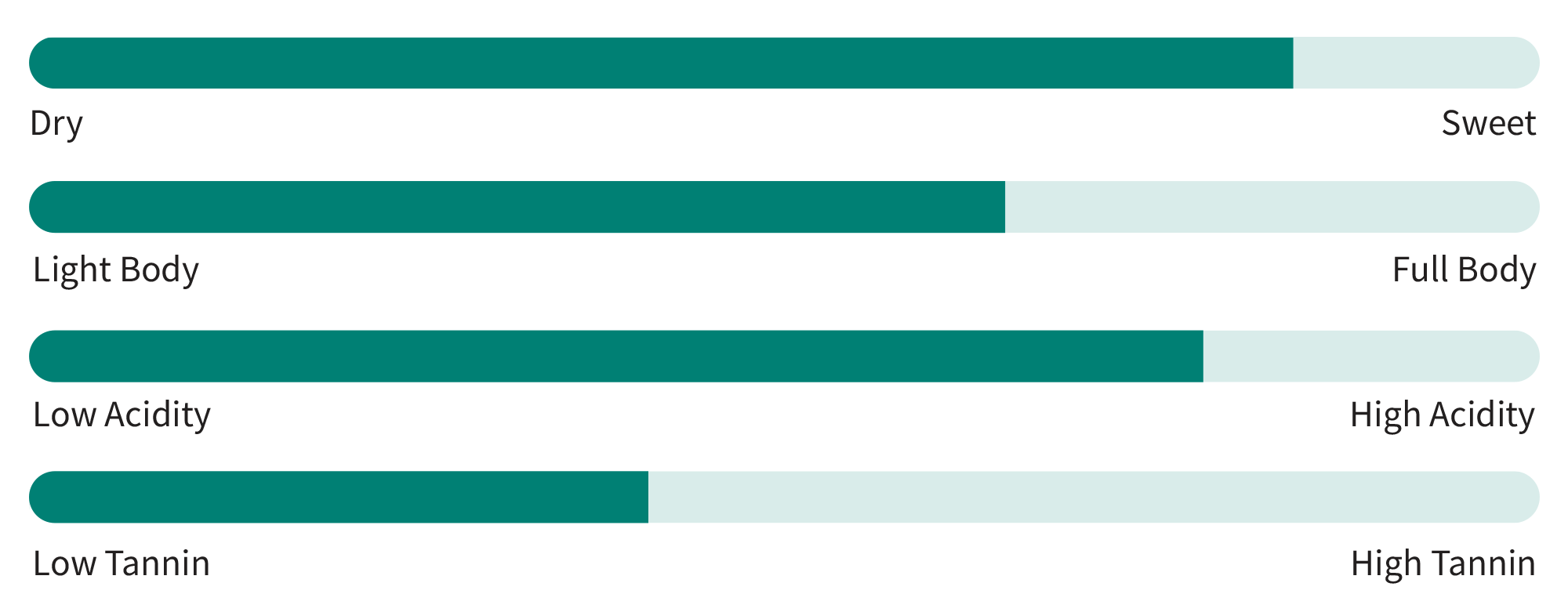
Primary Eiswein flavors
![]()
Ice wine is a flavor bomb of fruit aromas and flavors, with an exquisite balance between sugar and acidity in a satiny texture. Expect pure ripe peaches and mangoes in citrusy fruit cocktail syrup. If you like Moscato d’Asti, you’ll adore ice wine.
Like Champagne or fine Bordeaux, ice wine is a luxury drink that starts at $35 or $50 for a 375ml bottle. That’s because it takes about 6.6 pounds of grapes to make one small bottle.
Most ice wine is made from two white grapes: Riesling and Vidal Blanc. Riesling is an aromatic, high-acid varietal that creates wines with stone fruit, honey, and jasmine notes. In Canada, the dominant grape is Vidal, a French varietal originally intended for Cognac that has notes of pineapple and grapefruit.
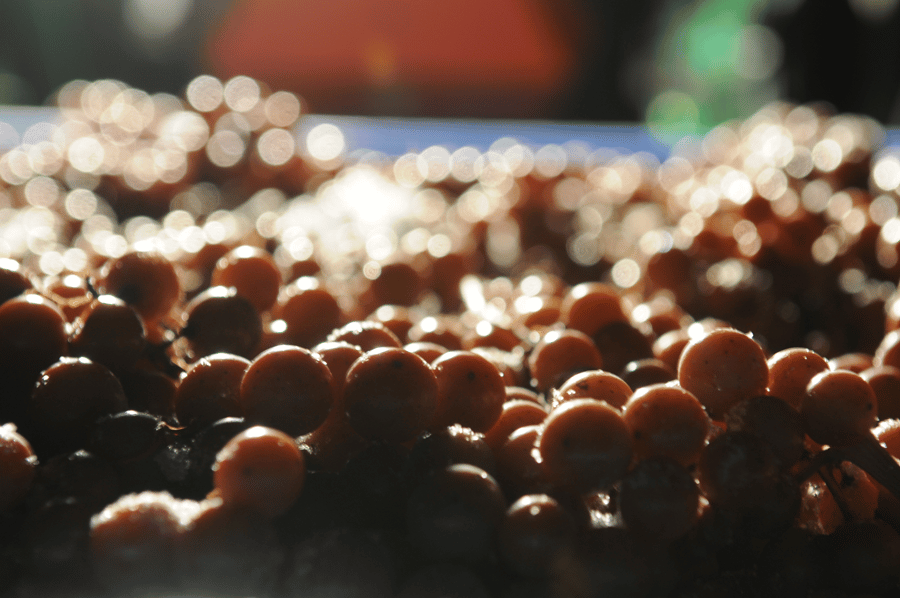
A small amount of eiswein is also made from the red Bordeaux varietal Cabernet Franc. If you get your hands on a bottle, you’ll be rewarded with tangy red and purple berries, warm spices, and red roses.
Though ice wine and late harvest wines are pricey sweet wines made from dehydrated grapes, there’s a big flavor difference. Eiswein is light, fruity, and pretty with clean flavors and just about 10% alcohol. Sauternes and late harvest wines infected with the beneficial botrytis cinerea mold have deeper flavors and at least 13% alcohol. They’ll have caramelized fruit notes of apricot and pineapple, hints of smoky caramel, earth, and a little funk from the mold. Ice wine is like the trill of a flute, while Sauternes is a mellow clarinet.
Key Eiswein/Ice wine regions & styles
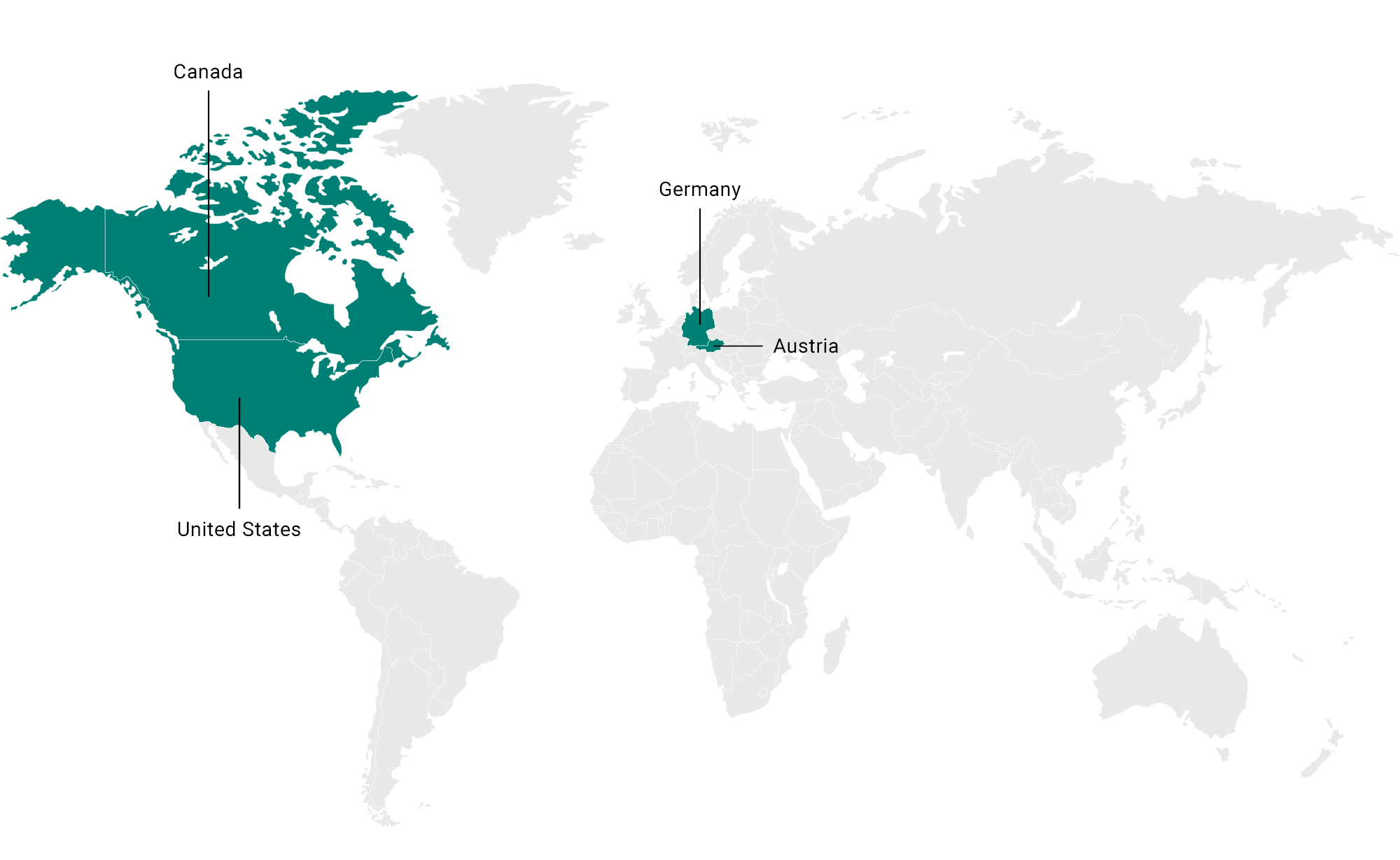
Canada
Canada’s first commercial ice wine happened by accident when a surprise frost hit Walter Hainle’s Riesling vineyard just before harvest in 1974. Instead of discarding the little ice balls, Hainle, a German native who grew up with eiswein, pressed the grapes to make 156 bottles of Okanagan ice wine released in 1978.
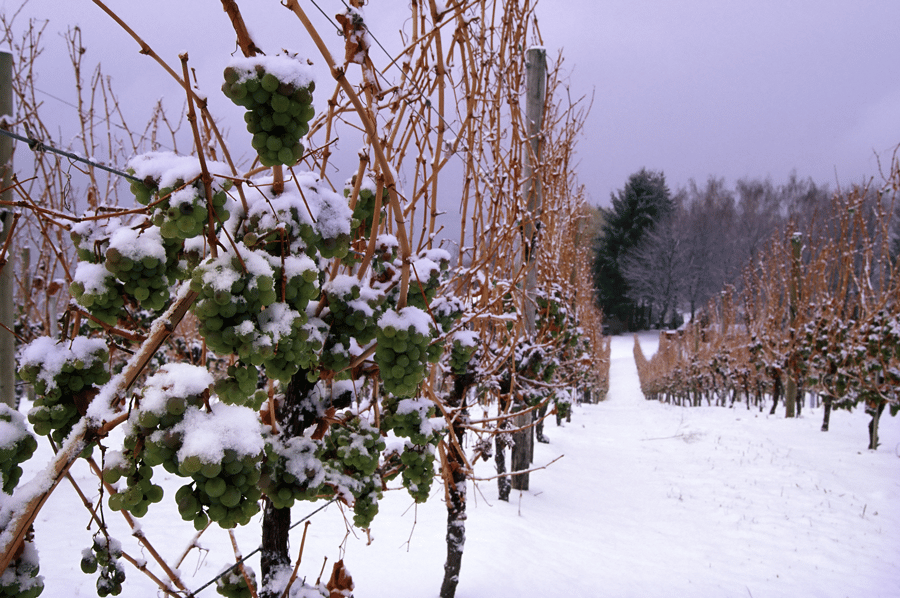
In 1983, Canadian grape grower and winemaker Donald Ziraldo teamed up with Austrian chemist and winemaker Karl Kaiser to found Inniskillin. This Ontario winery used ice wine to put Canada on the international wine map. Ziraldo placed their ice wine in Duty-Free airport shops, where Asian travelers fell in love with them. Today, Inniskillin makes a range of ice wines from Riesling, Vidal, and Cabernet Franc grapes, plus a sparkling Vidal ice wine.
After selling Inniskillin, Ziraldo launched an eponymous label selling Vidal and Riesling ice wines. Based in the Niagara Peninsula, Jackson-Triggs has been a significant icewine producer since 1993. They make ice wine from Riesling grapes grown in the Okanagan, while fruit for their Vidal and rare Gewurztraminer icewines comes from Niagara.
United States
Most U.S. ice wine comes from the Finger Lakes and Niagara in New York State. Johnson Estate in the Finger Lakes region creates a range of ice wines, including a sparkling Vidal ice wine that tastes like honey, ripe yellow pears, and golden raisins. Their neighbors at Wagner Vineyards make exquisite Riesling and Vidal ice wines. And if you drive the Niagara Wine Trail, you’ll find small wineries, including Black Willow Winery and Schulze Vineyards that make ice wine.
Germany
Alcohol origin stories often are hazy, but the first eisweins are believed to have been made in Germany in the late 1700s. In 1829, a group of vineyard owners in Germany’s Rheinhessen decided to create animal chow by leaving grapes on the vine into winter. When they discovered the juice was quite sweet and tasty, they made wine instead. While Germans pioneered ice wine, they don’t have the freezing temperatures needed to make it consistently, like they do in Canada.
Austria
Austria doesn’t make a lot of eiswein, but the ones they produce are distinctive for being fruitier and lighter than German eiswein. The climate allows the grapes to fully ripen before freezing. Beyond Riesling, Austrian eisweins can feature an eclectic range of grapes, including Scheurebe, Grüner Veltliner, and Zweigelt, a red grape used to make red and rosé wines with notes of berries and chocolate.
Eiswein food pairings

Ice wine is so delightful on its own, you might not want to pair it with food. But that would be a mistake. It’s ideal with both savory and sweet foods; just make sure the wine is sweeter than the dessert.
Enjoy any ice wine or eiswein with brunch crepes, pancakes, or waffles, as well as creamy desserts like cheesecake, creme brûlée, or bread pudding. Riesling eiswein compliments the flavors of honeydew and cantaloupe melon, ripe pineapple, or golden kiwi fruit. Try a Vidal ice wine with more decadent desserts like French apple pie or pineapple upside-down cake. The berry flavors in Cabernet Franc icewine sing with darker chocolate dishes like flourless chocolate cake, lava cakes, and mousse. Savory foods like foie gras, pate, and Stilton or Cambozola blue cheese are perfect with ice wine. Gewürztraminer and Riesling icewine both have spice notes that make them a perfect foil for spicy Asian dishes.
How to store, serve & enjoy Eiswein
Eiswein often is served in small quantities because of its intense flavors and precious prices. Enjoy it in dessert wine glasses, cordial glasses, or small Champagne flutes. Chilling it down will make it even more smooth. Cool your ice wine in the refrigerator or metal wine bucket filled with ice and a little water until it’s 40 to 50 degrees Fahrenheit.
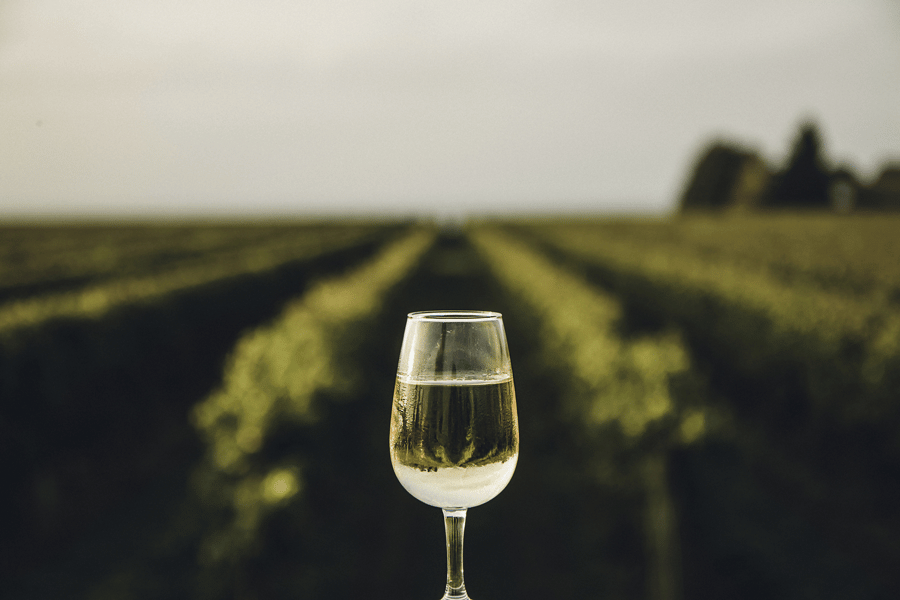
Learn more about ice wine in our Dessert Wine Guide.

